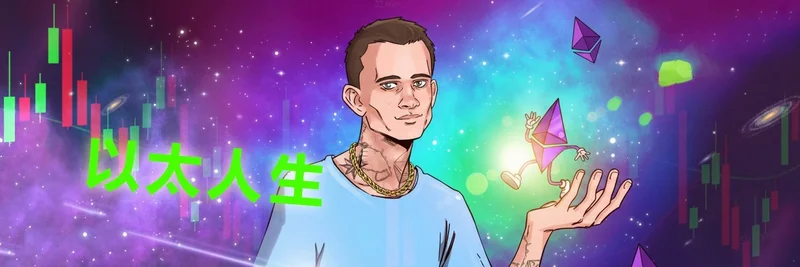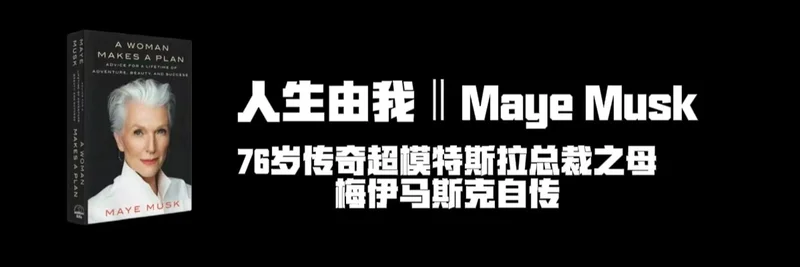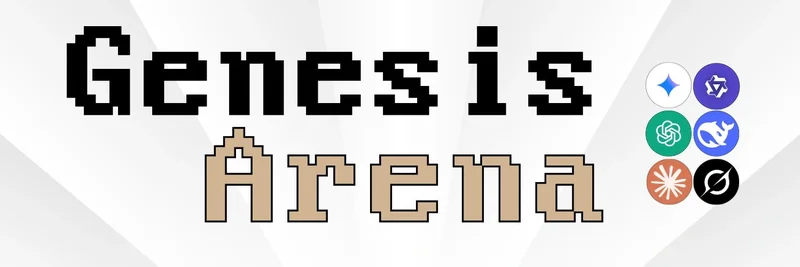In the fast-paced world of blockchain, where speed and efficiency can make or break a project, a recent tweet from @doublezero has caught the attention of many in the crypto community. The post highlights a game-changing shift in accessing high-performance networking, something that's crucial for validators and traders alike.
The tweet states: "used to need a $10M trading desk and microwave towers to access high-performance networking now you just need a validator on @DoubleZero." This succinct message packs a punch, illustrating how DoubleZero is lowering the barriers to entry for advanced tech in distributed systems.
For those new to the scene, high-performance networking refers to ultra-fast communication channels that minimize latency – that's the delay in data transmission – and maximize bandwidth, allowing more data to flow quickly. In traditional finance, hedge funds and high-frequency traders invest millions in specialized hardware like microwave towers to gain milliseconds of advantage in trading. These setups transmit data via radio waves over short distances, bypassing slower fiber optic cables for critical speed gains.
But in the blockchain era, especially with proof-of-stake networks like Solana or Aptos, validators play a key role in securing the network and processing transactions. DoubleZero, a decentralized protocol, is building a permissionless network optimized for these distributed systems. By running a validator on their platform, users can tap into this high-speed infrastructure without the hefty price tag.
This is particularly exciting for meme token creators and traders. Meme coins often thrive on viral momentum and rapid transactions, where network congestion can lead to missed opportunities or high fees. With DoubleZero's approach, smaller players – think independent devs or community-driven projects – can compete on a more level playing field. No more needing venture capital just to afford the tech; a validator setup could be as straightforward as staking tokens and running node software.
Looking deeper, DoubleZero has been making waves with initiatives like their token sale on CoinList, targeted at validators from major chains, and partnerships such as with RockawayX for co-branded validators on Solana. Their stake pool, DZSOL, aims to decentralize Solana's infrastructure further, spreading nodes to underrepresented regions for better global performance.
One reply to the tweet from @Rockaway_X adds a humorous note: "( ._.) and shark protection," with DoubleZero responding "yes that too." This likely nods to the robust security and reliability DoubleZero provides, protecting against network "sharks" or attacks that could disrupt operations.
For blockchain practitioners diving into meme tokens, understanding tools like DoubleZero can enhance your toolkit. It not only boosts efficiency but also contributes to a more decentralized and resilient ecosystem. If you're interested in setting up a validator or learning more, check out their official site at doublezero.xyz or follow @doublezero on X.
As the crypto landscape evolves, innovations like this remind us that accessibility drives adoption. Whether you're building the next viral meme coin or just staking for yields, keeping an eye on infrastructure projects like DoubleZero could give you that edge in a crowded market.




